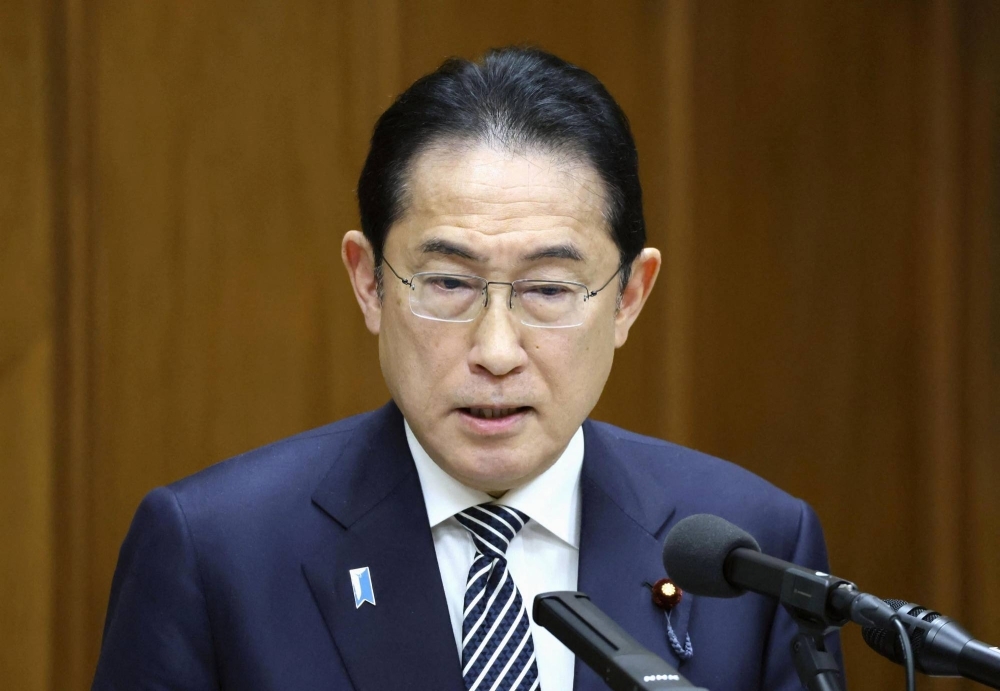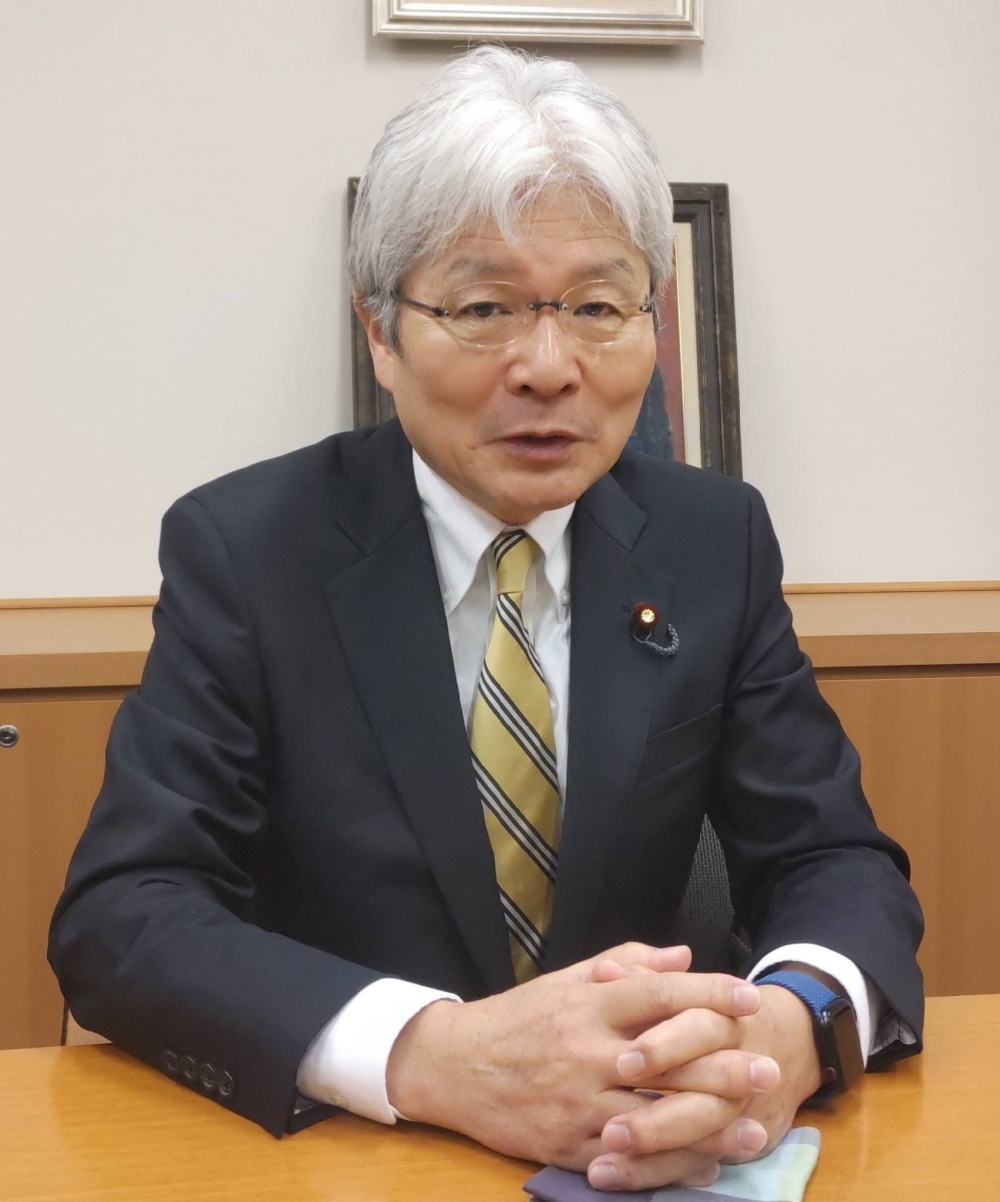As Japan marks 13 years since the devastating earthquake, tsunami and nuclear disaster in March 2011, the government of Prime Minister Fumio Kishida is moving toward restarting idled nuclear power reactors.
But a powerful Jan. 1 earthquake that struck the Noto Peninsula in Ishikawa Prefecture reminded the country of how seismic activity can lead to bigger disasters if a nuclear plant is nearby. The New Year’s Day quake occurred near Hokuriku Electric Power’s Shika nuclear power station in Ishikawa.
The controversial restart of nuclear power reactors is set to return to the spotlight in parliament, with opposition parties likely to step up their criticisms of the current evacuation plans in the event of a nuclear disaster.
The March 2011 disaster led to an unprecedented triple meltdown at Tokyo Electric Power Company Holdings’ Fukushima No. 1 nuclear plant.
In 2012, the government, then led by the now-defunct Democratic Party of Japan, compiled a policy that called for the end of nuclear power generation in the 2030s.
But the Kishida administration has made a clear shift from that policy amid rising energy costs and the need to decarbonize.
A basic policy for realizing a green transformation, which was approved by the Cabinet in February 2023, included plans to consider both the rebuilding of aged nuclear power reactors and the construction of new ones.
In May 2023, a related law was enacted that allows utilities to effectively operate nuclear reactors for more than 60 years.
Kishida’s initiative to increase the use of nuclear power is aimed at reducing Japan’s dependence on coal-fired thermal power generation at a time when the United States and European countries are criticizing Japan for being a laggard on climate change.

Japan has frequently been given the Fossil of the Day award by Climate Action Network (CAN), a coalition of nongovernmental organizations tackling environmental issues.
The pivot in policy is also due to a surge in fuel prices due to the yen’s depreciation, dealing an additional blow to Japanese households.
Kishida also chose to change course based on advice from people around him, including his secretary, Takashi Shimada, a former vice industry minister, who is known to be an advocate of nuclear power.
Chugoku Electric Power plans to restart the No. 2 reactor at its nuclear power station in Shimane Prefecture in August, while Tohoku Electric Power aims to bring the No. 2 reactor at its Onagawa nuclear plant in Miyagi Prefecture back online in September.
In addition, the government appears to be envisioning an early restart of a reactor at Tepco’s Kashiwazaki-Kariwa nuclear plant in Niigata Prefecture.
“Nuclear power is an important noncarbon energy source,” industry minister Ken Saito said at a meeting of the Budget Committee of the House of Councilors on Thursday.
“We want to promote the use of nuclear energy” while thoroughly ensuring safety, he said.
After the Noto quake, many roads were impassable and the transport of relief supplies to affected areas by air and sea did not go smoothly, highlighting issues in the event of a nuclear disaster.
“Considering the Noto Peninsula earthquake, it may be impossible to shift the nuclear policy” toward restarting reactors, a member of the main opposition Constitutional Democratic Party of Japan (CDP) said during a recent Upper House Budget Committee meeting.
The quake measured an upper 5 — the fourth-highest level on the Japanese seismic intensity scale — at the the Shika nuclear plant. While there were no radiation leaks, facilities at the plant were damaged due to the temblor.
The government’s guidelines on measures related to nuclear disasters stipulate that residents within 5 kilometers of a nuclear plant should evacuate in the event of an accident and that those within a radius of between 5 and 30 km should stay indoors at first and then evacuate depending on the situation.
Seiji Osaka, executive deputy president of the CDP, told reporters that the evacuation plans do not take the possibility of a complex disaster into consideration.
Evacuation would be extremely difficult in the event of a complex disaster involving Shikoku Electric Power’s Ikata nuclear plant in Ehime Prefecture or at Japan Atomic Power’s Tokai No. 2 nuclear plant in Ibaraki Prefecture, according to Osaka.

“The evacuation plans are made on the premise of residents’ exposure to radiation. This is a flaw that must not be ignored,” Osaka said.
Taku Yamazoe, policy head of the Japanese Communist Party, also cast doubt on current evacuation plans.
“Not only roads but also houses, schools and other facilities were damaged by the (Noto Peninsula) earthquake. The evacuation plans force residents to do what is impossible,” Yamazoe said.
In the quake, active faults moved jointly in an area spanning some 150 kilometers, wider than estimated by Hokuriku Electric, Yamazoe noted. “This shows the limits of nuclear plant safety inspections. Plans to restart idled nuclear reactors should be scrapped,” he said.
After the earthquake, data from at least 18 monitoring posts to measure radiation levels around the Shika nuclear plant became unavailable.
Asked about evacuation plans at a meeting of the Lower House Budget Committee in February, Kishida said, “We will not promote the restart of reactors unless there are appropriate emergency response plans.”
But the Nuclear Regulation Authority’s work to review the nuclear disaster response guidelines will likely be limited to issues such as the timing of indoor evacuation and won’t cover issues related to complex disasters.
“‘An inconvenient truth’ for the government has emerged. This will be a focus in the latter part of the ongoing regular parliament session,” a senior CDP official said.
Source: The Japan TImes

